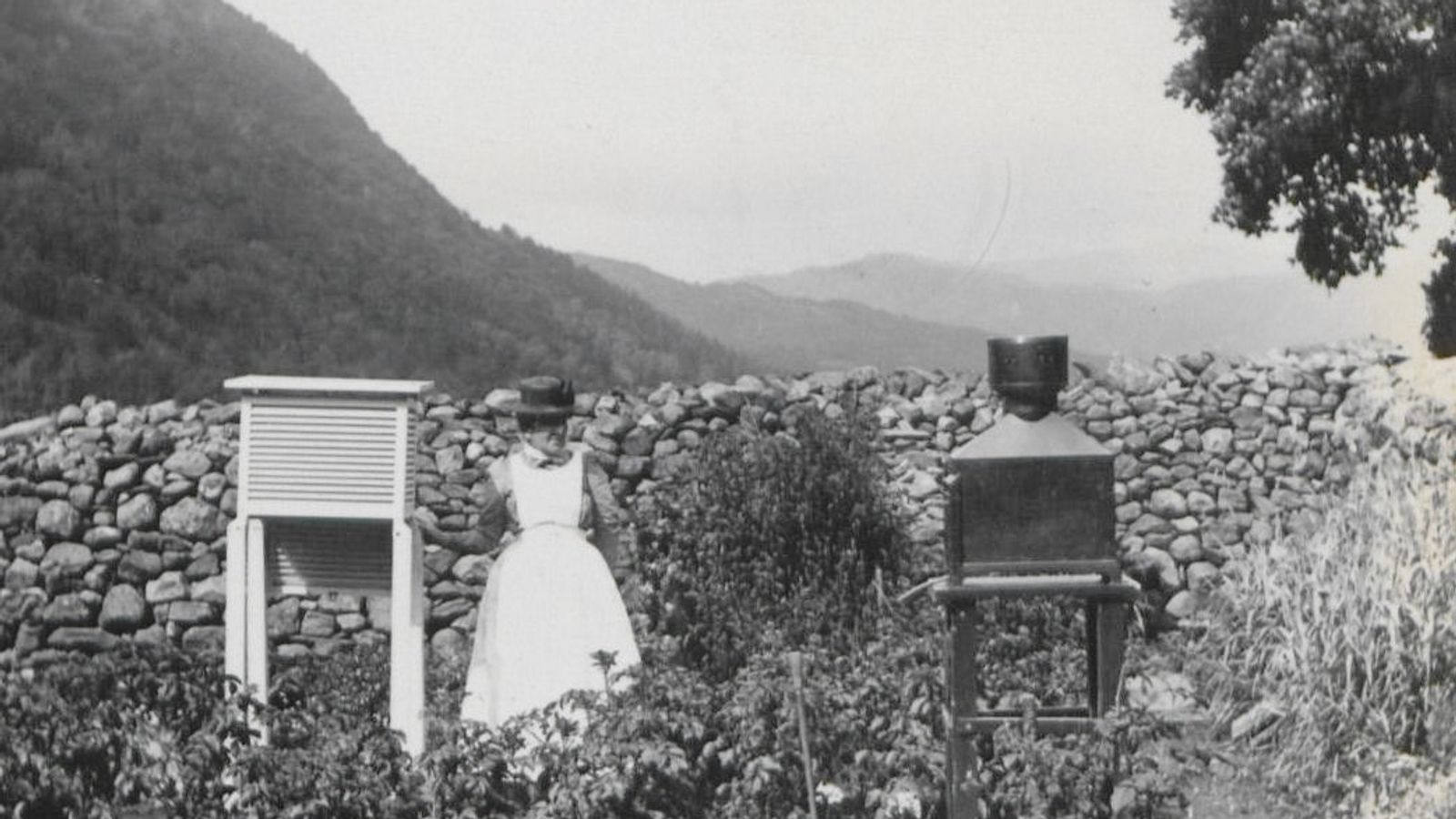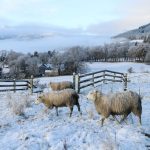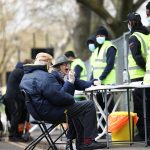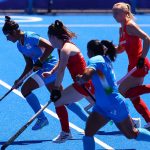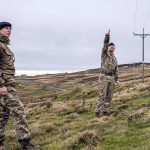Millions of archived rainfall records dating back to the Victorian era and were digitised during the pandemic have seen UK weather records broken.
The University of Reading’s Rainfall Rescue project involved the transcription of 130 years worth of handwritten rainfall records – more than five million individual observations – across the UK and Ireland through a huge volunteer effort.
The results revealed the UK’s driest ever year on record is now 1855 as well as a slew of other fascinating data pieces.
However the project produced more than just new records. According to Catherine Ross, an archivist at the Met Office, it has “broken the definition of an archive”.
“In its lifecycle a document moves from being a record, in everyday use, to an archive where it is kept as part of a memory – in our case the National Memory of the Weather,” Ms Ross said.
“However, this project’s 66,000 formerly inanimate sheets of numbers have been given a new life by placing data that can be interrogated and compared into the hands of scientists at the Met Office and around the world.”
The discoveries were possible thanks to around 16,000 volunteers and the results have now been made publicly available in the official Met Office national record and have extended it back 26 years to 1836.
‘Major winter storm’ to bring Arctic temperatures to millions of Americans
Storm Eunice: Thousands still without power as clean-up could cost ‘over £350m’
Storm Eunice: House in Brentwood severely damaged after 400-year-old tree brought down by strong winds
Professor Ed Hawkins, project lead and climate scientist at the University of Reading, said he was “blown away” by the effort of volunteers who signed up to the projects during the UK’s first COVID-19 lockdown.
“Thanks to the hard work of the volunteers, we now have detailed accounts of the amount of rain that fell, back to 1836, as seen through the eyes of other dedicated volunteers from several generations ago,” he said.
“To put that in context, 1836 was the year Charles Darwin returned to the UK on the Beagle with Vice-Admiral Robert Fitzroy, and a year before Queen Victoria took to the throne.”
Paper records studied by the volunteers contained observations between 1677 and 1960, based on rain gauges located in almost every town and village across England and Wales.
One gauge included in the transcription was located next to Beatrix Potter’s Hill Top farm in the Lake District, where she wrote many of her most famous books.
